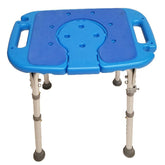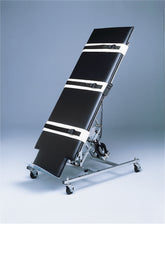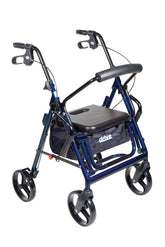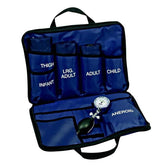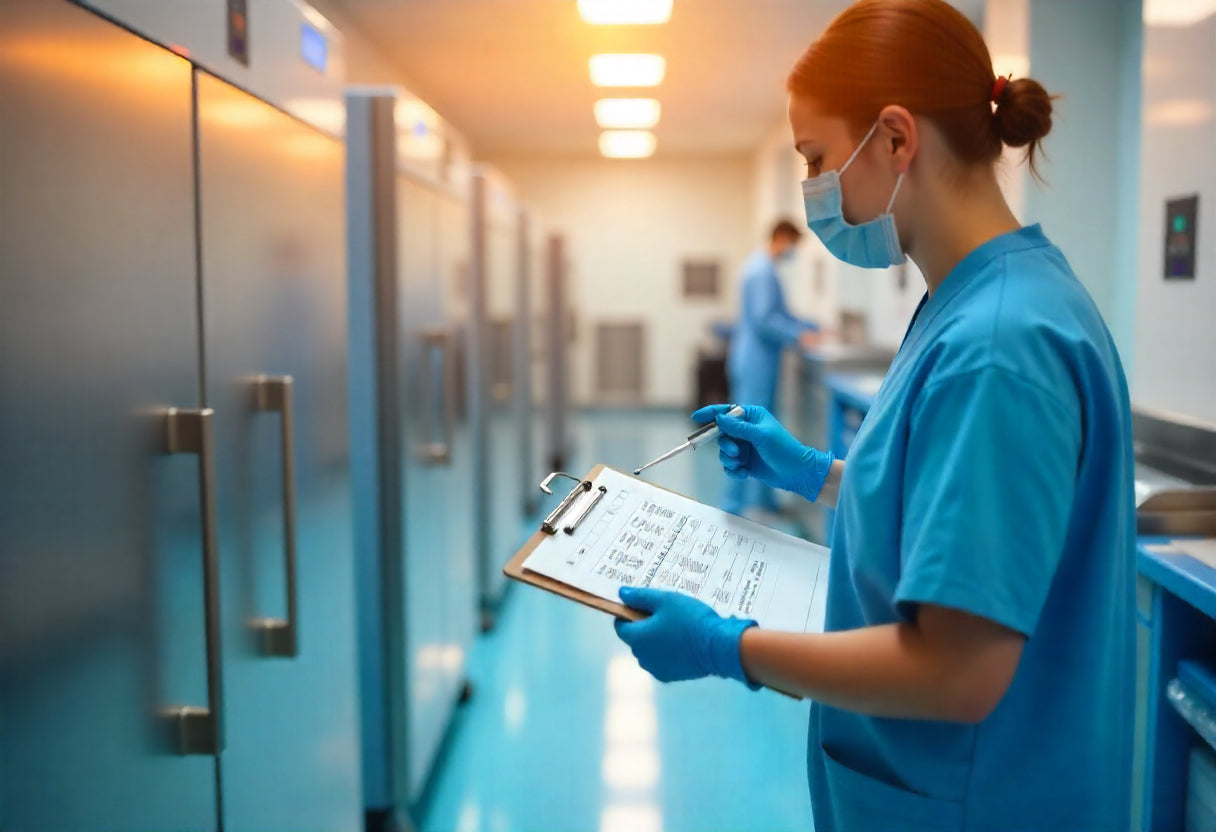
Hospital Sterilization Equipment Checklist: Don’t Miss These Must-Haves
Walk into any hospital or small clinic, and you’ll see it: the quiet hum of sterilization equipment working behind the scenes. It’s not glamorous, but it’s what keeps patients safe, staff protected, and reputations intact. One contaminated instrument or a missed cleaning cycle can undo years of trust in a single moment. This is why the investment in the appropriate hospital sterilization equipment is not optional, but it is necessary.
If you’re shopping for your facility, the choices can feel overwhelming. Autoclaves, UV cabinets, disinfectant systems; the list appears to be endless. But don’t worry. We have included everything in a simple checklist so that you can concentrate on what is really important to you: ensuring that your patients are secure and your operations are running smoothly.
1. Autoclaves: The Heart of Sterilization
Every hospital or clinic needs an autoclave. These machines use pressurized steam to destroy bacteria, spores, and viruses on surgical tools and medical instruments. Small clinics, most of the time, go for compact, tabletop models that save space while doing the job perfectly. Larger hospitals, on the other hand, depend on heavy-duty, high-capacity units to handle their busy schedules.
Here’s a common mistake: underestimating how many instruments you’ll sterilize daily. That leads to backups, delays, and frustrated staff. Take time to measure your needs, then choose a model that won’t leave your team waiting around.
2. Ultrasonic Cleaners: Prepping Before the Steam
Sterilization starts long before the autoclave. Instruments must be spotless, and ultrasonic cleaners do that job perfectly. They use sound waves and a cleaning solution to break down stubborn debris; something a quick rinse or hand scrubbing simply can’t match.
Your staff will thank you. They do not want to waste valuable time washing their tools, but can rely on the ultrasonic cleaner to wash everything in one place and in a shorter period of time. It is a minor action that makes a huge impact on your work process.
3. High-Level Disinfectant Soaking Systems
Some medical instruments can’t handle heat. Endoscopes, respiratory therapy tools, and other delicate equipment need chemical disinfection instead. A high-level disinfectant soaking system keeps those items safe while eliminating harmful microbes.
Skipping this step or using the wrong chemicals can lead to infection risks or compliance issues. Always match your soaking system and disinfectant with the equipment you’re treating, and make sure your staff understands the process.
4. UV Sterilizers: Quick and Chemical-Free
The UV sterilizers are gaining popularity in most clinics. They are quick and convenient to use and are ideal for cleaning things or surfaces that require prompt disinfection. They are not a substitute for autoclaves, but are a great supplement to your workflow.
Think of a hectic morning when you have to vacate your exam rooms as fast as possible. UV sterilizer is able to clean surfaces, small tools, or even personal equipment within minutes without straining your main sterilization apparatus.
5. Instrument Drying Cabinets: Don’t Skip This Step
This is one of the things that many facilities forget about: drying. Sterilizers give out instruments that contain moisture, which may cause infection. Drying cabinets or forced-air dryers ensure that all the tools are dry enough and can be stored or used.
Not drying properly is not only hazardous, but it will also slow down the working process when the tools require more time before they can be packed or used again. A trustworthy drying cabinet keeps things in motion, and it is sterile.
6. Safe Storage Solutions for Sterilized Instruments
You have even sterilized all your instruments. Now you need to keep them safe. Your efforts can be ruined by dust, humidity, or by chance handling. Find closed storage containers or cabinets that have such properties as HEPA filters in order to be sterile.
Clear labeling of storage spaces and training personnel on the procedures is also clever. Even a minor mistake, such as storing sterilized wounds close to dirty objects, can lead to huge consequences in the future.
7. Medical Waste Sterilizers or Shredders
Infection control really doesn't end just with your instruments. You know, if that biohazard waste isn't sterilized properly, it can put patients and staff, and even the whole facility, at risk. So these contaminated materials go through medical waste sterilizers or shredders. Then they're disposed of following all the safety standards.
Some smaller clinics outsource the waste management to cut costs. But that can lead to delays or extra risks sometimes. Having it on-site means you control things better. Gives you peace of mind, too.
8. Water Filtration Systems: Protect Your Equipment
One can easily lose track of the fact that sterilization equipment depends on clean water. Autoclaves get messed up by hard water or junk in it, and over time, that makes them not work right. A good water purification setup stops all that buildup from happening. It protects what you spent money on and keeps the whole sterilization process going smoothly.
9. Monitoring and Tracking Tools
Sterilization isn’t just about doing the work. It is about showing that you have done it right. Cycles of performance are recorded by means of biological indicators, chemical strips, and digital tracking systems.
Consider a case of an inspection or audit in which you are requested to demonstrate compliance. With a good tracking mechanism in place, your facility is insured against penalties, and patients will be assured that your safety is a priority.
10. Training and Ongoing Support
Even the finest equipment cannot work when it is not properly used. Ensure that your supplier has good training and continuous assistance. Your employees must feel at ease with operating all the equipment, as well as troubleshooting the frequent malfunctions and maintenance schedules.
This is where it counts to be associated with the right company. Cathedral Ledge Medical Supplies does not simply sell you equipment; it assists you in making the correct decisions, provides advice, and supports you with attentive customer service. Through their team, they know that sterilization is incredibly important, regardless of whether you are operating a neighborhood clinic or a large hospital.
Wrapping It Up
Sterilization is not the glamorous aspect of healthcare, but it’s very crucial. The correct equipment is not only a way to avoid infections but also a way to keep your operation going and your patients happy with your work.
This checklist is a guide to use when reviewing your current setup or when purchasing a new one. Autoclaves and drying cabinets each contribute to the achievement of a safe and effective environment. And when it is time to upgrade or grow, collaborate with such professionals as Cathedral Lodge medical supplies. They will ensure you have what you want without the trial and error.
Your patients are entrusting their health to you. By having the right sterilization equipment, you retain that trust on a daily basis.

